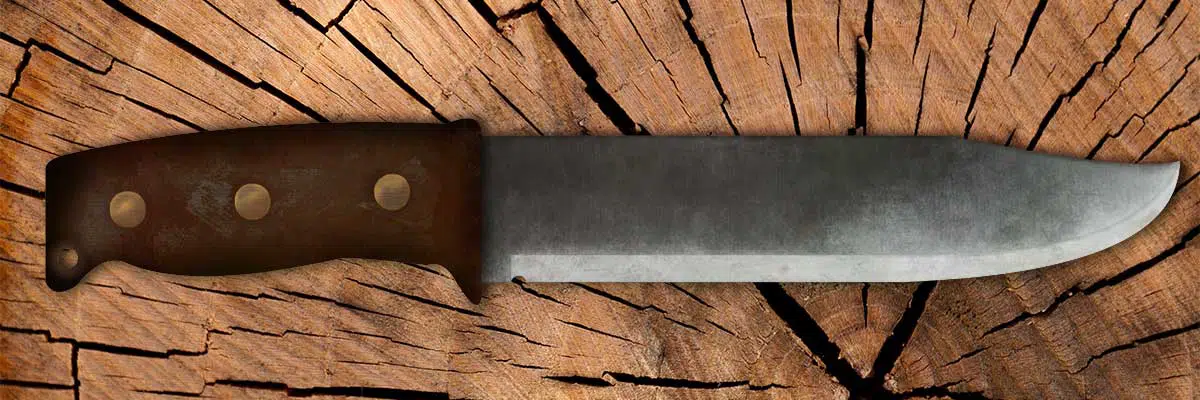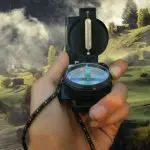Everyone has had their first time backpacking, whether it was a good experience or not, it’s usually unforgettable; and if you haven’t been backpacking yet, this article will help you to gather your thoughts on the essentials you will need for your first backpacking adventure.
Traveling Responsibly
Before you embark on this journey, it’s important that you let someone know about your place of destination and planned activities or itinerary. This is especially important if you are planning on making the trip alone. Check-in with someone throughout the day to let them know that you are okay. If you find yourself in serious trouble and stop communicating, that person will know where you are and where to send help even if they are away. If you can afford it, it is recommended to consider purchasing a personal locator beacon, which will allow you to send your location or an emergency distress signal via satellite. This tool is especially useful in places with low or no signal coverage on your mobile phone.
Due to the risks associated with backpacking alone – or even with company – it is recommended that you make your trip somewhere close to home if this is your first rodeo. These nearby adventures will help you experience a trip with fewer challenges and will give you the practical experience you need to face more complex expeditions in the future.
Planning ahead of time
The least experience you have, the better you have to plan your trip. While this is the part that is the least fun of the experience, there are things that you need to know about the terrain and environment of your destination. Things that may seem simple could be a matter of life or death if you are not sufficiently prepared. Every excursion will surely have unplanned things and events, however, you want to be ready for any adversities that you may face during your trip.
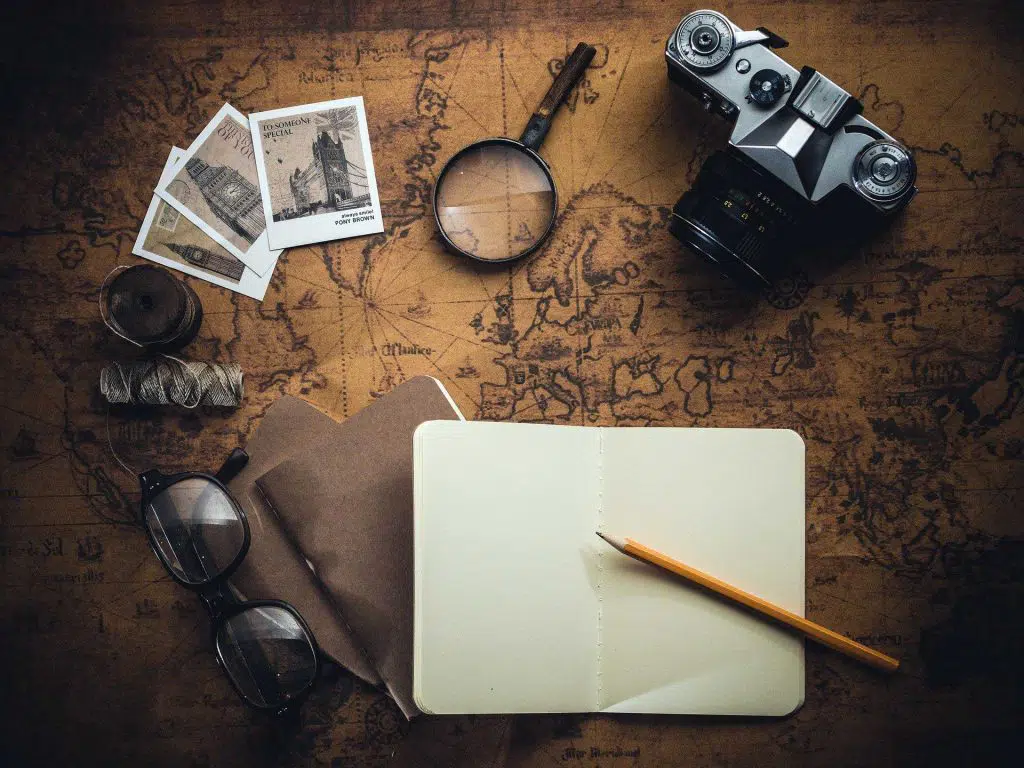
Choosing a Trail
When you are planning on taking a trail, it’s important to take into account that a well-known trail is always better for beginners, as they tend to have better established camps and well-defined so that you don’t run the risk of getting lost.
Short trails are great as they can:
- Help increase conditioning.
- Be done in a day.
- Require less equipment.
If you’re looking for an easier type of trail, take elevation into account; a low elevation makes the adventure easier and safer. Search for designated campsites before embarking on your trip, which would give you the comfort of being near other people. Humans have been thriving in the wilderness thanks to their ability to form groups, so consider camping near others. Once you are settled down at the campsite, you can go out and explore nearby before it gets dark.
Bringing the Essentials
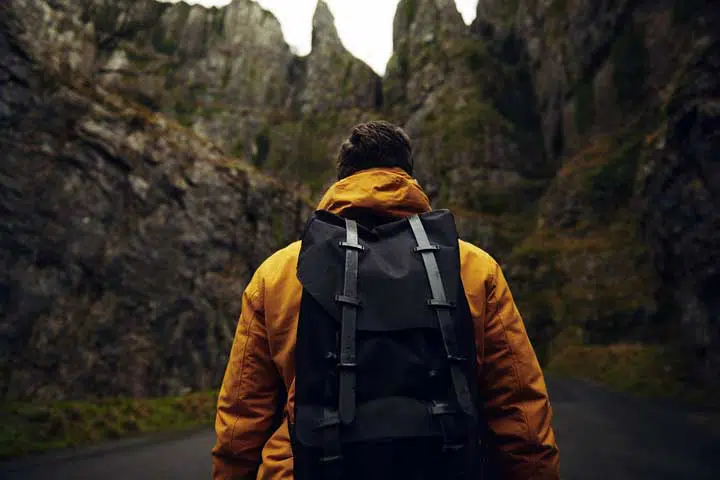
On your first backpacking trip, you will primarily be learning how to take care of yourself. If you are making your trip with others, consider not taking children on the first trip so that you can concentrate on learning how to take care of yourself first. It is also recommended not to take dogs or pets in general, as they can distract you and attract unwanted predators.
If you have purchased any new equipment, test it ahead of time. Never test your equipment for the first time on the field. However, do not rely too much on technology; learn how to use a compass and take one with you along with a waterproof paper topo map.
Backpacking can be expensive, however, you don’t really have to buy all of the equipment you will need as you can easily find places where you can rent it. As this will be your first time, consider borrowing equipment from friends if possible so you can discover the essentials you needed the most before making an investment. A tent or mat, for example, would be something that you would probably consider renting. It is not always necessary to buy a tent depending on the weather and location, but there are certain environments where the weather is unpredictable, such as the mountains. In those cases, it’s best to always take a tent. If the conditions are good or you will be exploring an environment with predictable and consistent weather, a simple tarp or bivy bag would be more than enough.
The one thing you would more than likely not want to rent is a sleeping bag. If you get cold easily or are planning on making your trip during the fall or winter, it is recommended to look into a 3 seasons sleeping bag, which is ideal for first-time or beginner campers as it provides you with the necessary experience to understand your needs for a more specific sleeping bag. There are two types of sleeping bags: synthetic fill and down fill. For beginners, it is recommended to take a synthetic fill sleeping bag, which is more affordable, easier to manage and it insulates well.
The essentials
Some of the most useful and important things to take camping are:
- Survival knife.
- First aid kit.
- Shelter (tent, bivy bag or a tarp).
- Heat or space blanket.
- Lamp (a headlamp is recommended).
- Spare batteries for your tools.
- Sleeping pad.
- Iodine tablets.
You can use a heat blanket for more than keeping warm. It can serve as a tarp or reflect light for vehicles to spot you if you are in distress.
Lamps will help you see at night when you find yourself in total darkness. Spare batteries are always a must in case your existing batteries run out, so you don’t stay in the dark.
If you find yourself in the situation where you ran out of water, do not drink untreated water from unknown sources. Iodine tablets will barely take up any room and will kill bacteria found in water while neutralizing the taste.
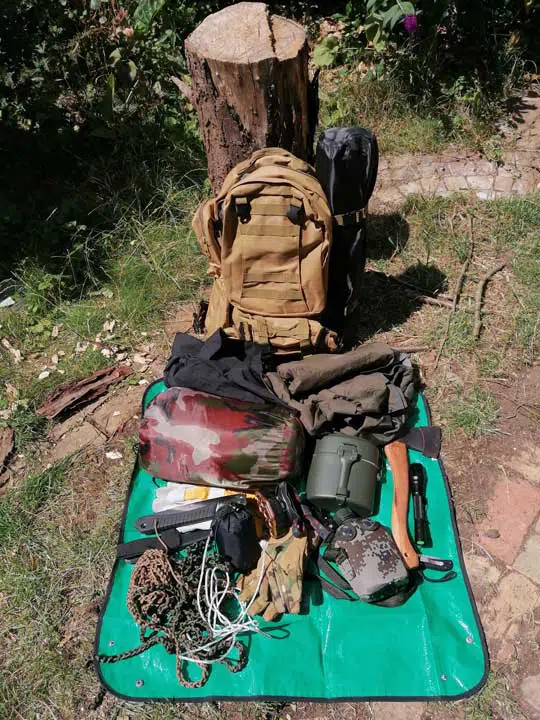
Preventing blisters and dealing with them
As part of your preparation to go backpacking, you need to have shoes that will keep your feet dry and be comfortable to walk for long periods of time. Pairing your shoes with a pair of light running socks under your normal socks will help to reduce friction and mitigate your chances of getting blisters.
Be sure to carry Moleskin in your first aid kit. Moleskin is a type of thin fabric that is soft, but heavy on one side and sticky on the other side. This fabric is used to put on the inside of shoes to prevent friction between your foot and the shoe, preventing blisters. And if you already have a blister, you can apply it on top of the blister to protect it from getting irritated any further.
Packing your gear
While packing your gear, you must remember to distribute the weight of the pack evenly and place your tools in a place where they can easily be reached.
In order to help with weight distribution, pack the heaviest stuff at the bottom of your backpack. This will help your balance and cause you to use less effort to carry your equipment. While keeping this in mind, remember to still leave things that you may need during the walk ready at hand and not buried under all of your things. Tools should be packed in the external pockets of your backpack or at the top of it.
The things that should go at the top of your backpack are a waterproof jacket if you have one, and your first aid kit.
A lot of people have the misconception that in order to maintain your composure and well-being while you are backpacking, you need to consume a high-calorie intake. However, this is not exactly necessary unless you have a health issue that requires you to consume a certain amount of calories. The energy that you consume during your trip will not make you feel unwell unless you have an underlying health condition, so there is no need to keep snacks at hand as you will more than likely be too busy to be eating.
You don’t need to cook all of the food you carry. Instead, try to pack food that is rich in fat and contains a high-calorie intake. Believe it or not, this will actually help you burn fat.

General tips
- Practice basic survival skills, such as making a fire, before going camping. Try to learn to make a friction fire before your trip, although it is not necessary as it is not the only way of making a fire.
- If you take any battery-powered tools, sleep with them if you find yourself in a cold environment. Low temperatures can prevent batteries from working.
- Consider using an alternative for a liquid lighter if you’ll be camping during the cold season or in a cold environment. If you will be relying on a Bic type-of-lighter, then sleep with it to keep it warm, as butane won’t boil if the temperature is below 31°F (-0.5°C).
Do not make fires in your shelter
In cold climates, rookie backpackers sometimes make the mistake of making a fire inside of their shelter or sleeping quarters in an attempt to stay warm, which could easily lead to a fire and put your life in danger. Furthermore, if you are one of the lucky few to have created a fire inside of your tent and survive it, you would still be putting your life at risk from smoke inhalation. Even making a fire close to your sleeping grounds can be dangerous, especially if you are inexperienced with it.
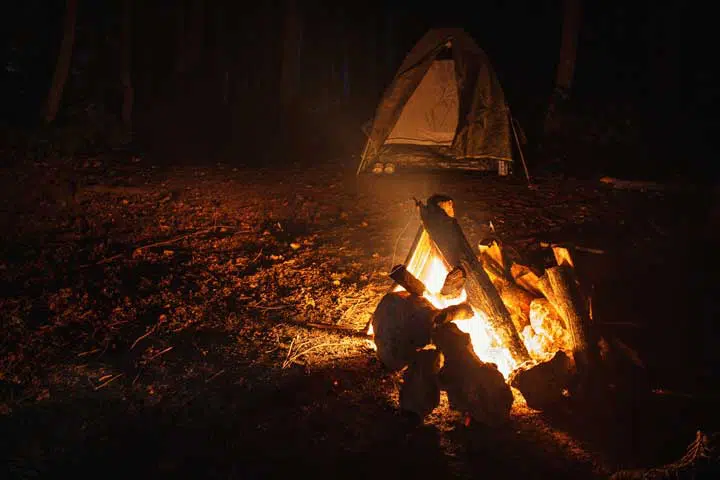
Being in shape
No, you don’t need a gym membership or to go through a Rocky-like training before embarking on your trip, you do however need to be used to walking. A lot. Doing some sports and walking regularly prepares you and gives you the endurance that you’ll need. If you want to enjoy your trip, you will want to have the stamina to not be too tired to quit before reaching any waypoint.
Waterproofing your essentials
The rule of thumb is to dress in layers and to make it your priority to stay dry. Being outdoors while the temperature is warm will not only be nice and enjoyable, but it will also allow you to stay dry. However, when the temperature drops and the wind rises, getting and staying wet is dangerous as it puts you at risk of hypothermia.
In order to stay dry, dress in layers. Your layers should be made of material that is breathable, water repellent or that can dry quickly. Synthetic fabrics are better fitted to keep you dry and are considerably more affordable. Materials such as cotton should be avoided as it absorbs your sweat and keeps you wet. If you’ll be backpacking during cold weather, it is recommended to wear up to two insulating layers, where one is a warm jumper and the other one is a jacket or a puffy vest. Finally, a waterproof shell layer would be great in case of rain.
Always keep your socks and underwear dry, you will want to take enough pairs of socks so that you can always have a dry pair on and some extra ones that you can rinse and dry as you wear another pair. The first insulating layer is commonly fleece, the second one is normally a synthetic material, or wool, although wool is more expensive and difficult to take care of.
Protect all of your fabrics from getting wet by wrapping them and your sleeping bag in a waterproof bag inside. Be careful when choosing waterproof protection, as it is often simply water-resistant and it does not have the same level of protection from humidity as waterproof equipment.
Mind your place of shelter
Learning how to find the proper place of shelter can be challenging and quite a process to learn. The most important thing when it comes to building your own shelter is that you do not build too close to the water, as these areas are more prone to having bugs and insects. Water is also dangerous because it’s the common stop for all types of animals. If a predator is in the vicinity, you may not hear it due to the noise from the water. During the rainy season, this is a specially dangerous place to camp, as it could flood quickly. You should also try to avoid camping in low spots in a valley. This will help you stay warmer and out of the way of falling rocks from the top of the valley.
To read about where and how to build shelter in detail, you can consult an entire article by us dedicated towards this subject.
Protecting your food from animals

Storing food while going backpacking can be a challenge. The biggest concern amongst new backpackers are bugs and critters, however, predators are also easily attracted to food. Wildlife is not as privileged as humans are when it comes to comfortable living. Most of an animal’s life is spent hunting and searching for essential things to be able to survive, so food is no joke for them!
Humans often feed wildlife when they encounter it, sometimes even by accident as we drop food remains or crumbs, which causes for animals to associate humans as food providers. When animals see a human in their habitat, they keep this association in mind, which makes them feel more confident to approach us. This need of obtaining nourishment from humans can potentially turn into a dangerous situation.
To store food safely and maintain it in a way that will not attract bugs, critters and predators you can store your food in bear canisters, Ursack bear bags, or bear bags of any kind, that can be hung on trees. Food should also always be stored away from your camp base. Some camping sites even have bear boxes that can be used to store food.
Poor food storage is like feeding animals as they would associate us with food anyway.
Usually, you can buy bear canisters, Ursacks, or bear bags, that you can hang on trees.
Food also should not be too close to your camp base. If you are lucky you can find a bear pole or bear boxes at the site, check before departing.
Water sources
If you are planning on camping for more than a couple of days, finding a reliable water source should be on your list of priorities. The farther a water source is from human facilities, the better it is, as it will be less likely to be contaminated with chemicals or human waste.
Water that comes from a higher altitude tends to be cleaner and may not even require purification, however, you have to make sure that water comes, or drips, from the ground like the one found in caves or underground as it has already been filtered by the ground itself. Streams and rivers are great sources of water as the water is in constant movement keeping it from becoming stagnant, but before drinking from a stream, look around and make sure there are no dead animals higher upstream that could contaminate the water at your altitude.
So, why is it important to find a source of water? Water is very heavy, which would be difficult and tedious to carry. Therefore, it is recommended that you avoid carrying a lot of water and instead utilize your time to find a water source. If you cannot find a water source, you can consider purchasing a gravity bag to collect water that can be purified. A gravity feed system as opposed to using a squeeze system would save you time and effort.
Orienting Yourself
In order to have a successful backpacking trip, it is essential to learn how to use a compass and how to read a topo map, if you don’t already know how to do this. You need to understand where you are and where to go and you most certainly should not take off on a hike if you don’t know how to go back.
Using a compass is not the only way you can orient yourself, but you will definitely need to learn how to do it. Although the combination of a map and compass is the easiest way of doing so, it is not the only way to do it. This information will become handy in case you lose your tools to orient yourself, so it is definitely a smart idea to learn how to orient yourself with and without a compass.
Check the weather
As forecasts change continuously, the last thing you want to check is the weather, so that you have a clear idea of the climate you will experience during your trip. Being uninformed about the weather can give you unpleasant surprises and complications, as certain areas would be considered dangerous with specific weather types. Regardless of what the forecast predicts, it is always better to be prepared and carry clothes for all circumstances.
Be aware of your impact
Remember that the philosophy of this site is to help users become more aware of their impact on earth and to be in line with being in symbiosis with the planet.
Take an empty bag with you on all of your trips and collect all of the rubbish you may produce. A conscious thought is to also pick up rubbish that you may find along the way on your trip, in order to leave a better place behind. It is important to leave the environment you visited as pristine as possible.
While your first backpacking experience may seem intimidating, you can have a fun and successful trip following these tips. Remember to plan accordingly, be mindful of the environment, and may this be the first of many successful adventures in the future!


